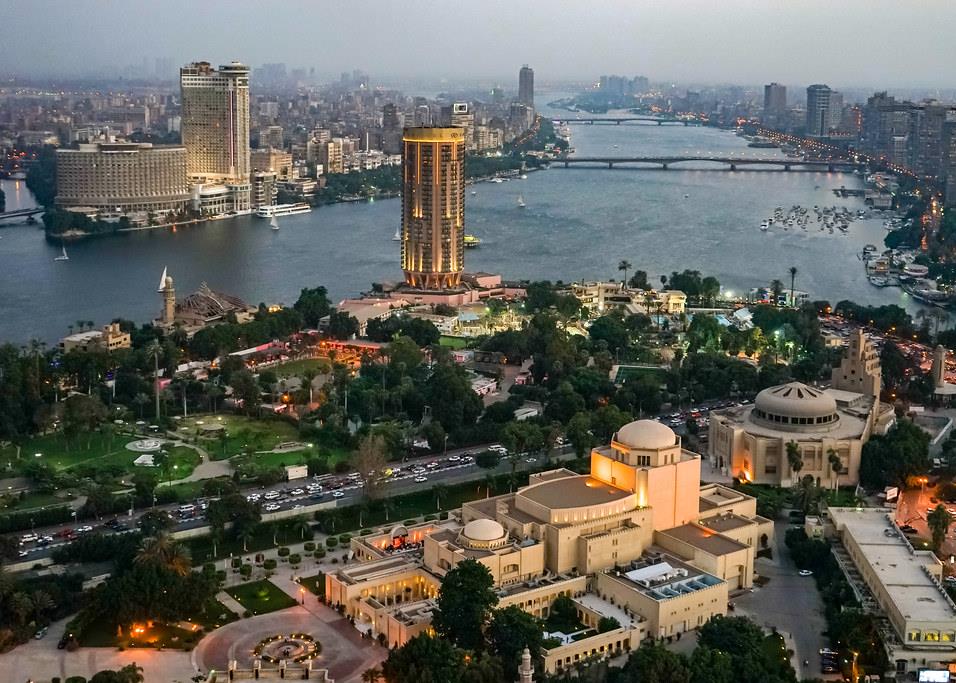
GCC finance ministers have been raising Iran's refusal to allow imports of products that are labeled with the phrase Arabian Gulf. For those of you seasoned in the affairs of the region, this is a familiar dispute. Newcomers are bemused by the storm over such a seemingly petty matter.
GCC finance ministers have been raising Iran's refusal to allow imports of products that are labeled with the phrase Arabian Gulf. For those of you seasoned in the affairs of the region, this is a familiar dispute. Newcomers are bemused by the storm over such a seemingly petty matter. So what is the right name for the waterway that separates the Arabian peninsula from the Iranian coast: Persian Gulf or Arabian Gulf? To find the answer, I have done some research. The term Persian is derived from the Ancient Greek word Persikos which appears to have originated from Parsa, the name of an Indo-European people who migrated into what is now south Iran in about 1000 BC. The Greeks gradually extended the term to cover inhabitants of the entire Iranian Plateau. But the Ancient Persians preferred to use the word Aryan, which means noble, to describe their descent and language. This is the source of Iran, which can be translated to mean the land of the Aryans. It was adopted by the Tehran government in 1935. Ancient texts and maps refer to Sinus Persicus, a Latin term directly translatable into Persian Gulf that the Ancient Persians themselves probably would not have accepted. The term Erythraean Sea was used by the Greeks for what is now the Red Sea, the Indian Ocean and the Persian Gulf. Erythraean is derived from the Greek word Eruthros, which means red, perhaps because of the effect of sunset on its surface or masses of plankton. For this reason, the Persian Gulf has also been called the Erythraean Sea which translates into Latin as Mare Rubrum or Red Sea. To increase the confusion, the ancients also sometimes referred to what we know as the Red Sea as Sinus Arabicus or Arabian Gulf. Persian Gulf The exclusive use of the term Persian Gulf is, by these standards, a recent development. It reflected the rise of Persian national consciousness that followed the accession of the Safavid dynasty at the start of the 16th century. The Safavids, who were in fact of Azeri origin, ordered Twelver Shiism to be the official religion of their empire which encompassed parts of the east and south-east coast of the Arabian peninsula. They soon came into contact with the expanding realms of the firmly Sunni Muslim Ottomans. More than 200 years of Ottoman-Persian border war ensued Europeans started to play a role in the region from the 16th century. By the end of the 18th century, the British, who were cultivating the Persians against Russian expansionism, started to draw detailed charts. Partly in deference to their regional partners, they used Persian Gulf in their maps. The emergence of independent Arab states following the dismemberment of the Ottoman Empire during and after the 1914-18 war gave the issue a new twist. Arab countries have consistently called the waterway the Arabian Gulf, to the fury of the government of Iran. This is more of a matter of national pride than sovereignty since competing territorial claims, with the principal exceptions of the islands of Abu Musa and the Greater and Lesser Tunbs have now been largely settled. Publishers using Arabian Gulf in text or charts will provoke interesting letters from the Iranian authorities, complete with maps and statements that demonstrate that the proper name is, in fact, the Persian Gulf. Consensus So who is right? There is no doubt that Persian Gulf is correct and that the Iranians have a strong case. But there is no complete consensus that this should be the sole proper name and more recent alternatives are absolutely wrong. Iran has some important supporters. The US government, in a rare example of consensus between countries that have been adversaries for more than quarter of a century, continues to call it the Persian Gulf. It is possible that a compromise may be possible. According to Omar Bahlaiwa, secretary general of the committee
You might also like...

Red Sea Global awards Marina hotel infrastructure
18 April 2024

Aramco allows more time for MGS package revised prices
18 April 2024

Morocco tenders high-speed rail project
18 April 2024
A MEED Subscription...
Subscribe or upgrade your current MEED.com package to support your strategic planning with the MENA region’s best source of business information. Proceed to our online shop below to find out more about the features in each package.





